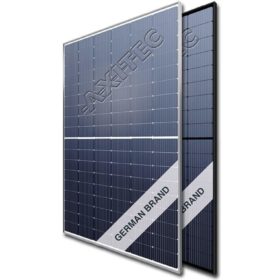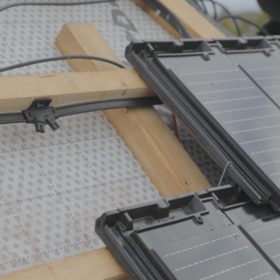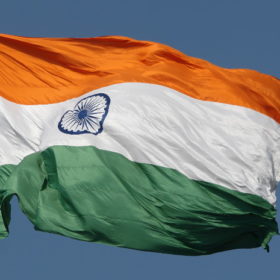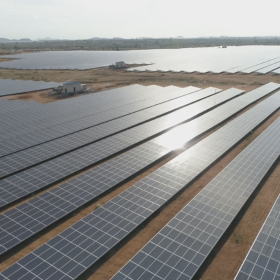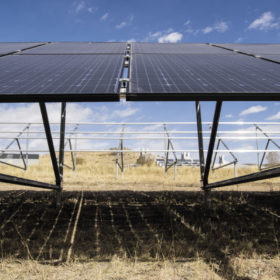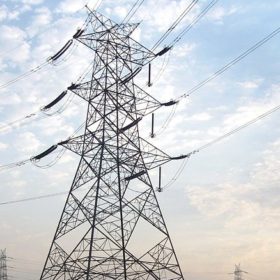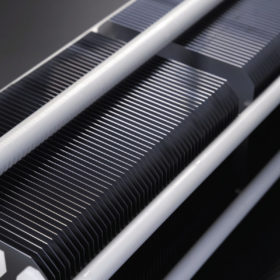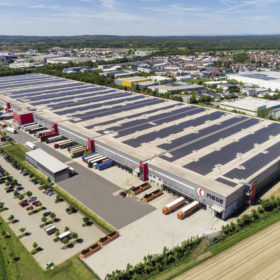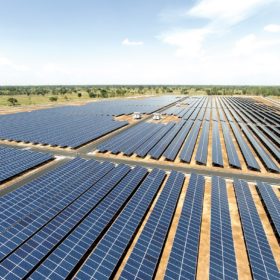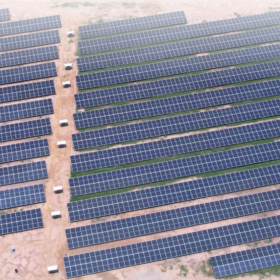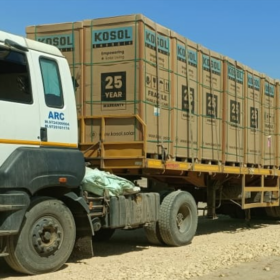Axitec releases 540 W solar panels
German solar manufacturer Axitec has revealed plans to start selling its new half-cut PV modules from the second quarter. It manufactures the panels with 182 mm wafers.
Solar tile made in Germany
German manufacturer Autarq is selling its solar tiles at a price ranging from €25 to €30 per piece. It claims a PV system built with these products can cover around 70% of household needs.
India ranked the world’s most attractive solar PV market by Ernst & Young
The nation has earned the highest score of 62.7 in terms of attractiveness for solar PV investment and deployment in the latest ranking of top 40 countries by Ernst & Young.
BMW selects KPIT software for next-generation EV charging electronics
The engagement covers software development, integration, and maintenance of combined powertrain coordination unit including charging control, and extends over several years.
UK investor NextEnergy acquires 27.4 MWp solar project in Odisha
The plant—constructed and operated by Germany-headquartered IBC Solar Energy—is NextEnergy’s first investment in India as part of its strategy to acquire ready-to-build or operational solar projects across high-growth international markets.
Integrating agriculture and solar energy production
A study by Germany’s Fraunhofer Institute for Solar Energy Systems has evaluated the feasibility of horticulture PV at the site of Paras in Akola district of Maharashtra, where the state utility Maharashtra State Power Generation Co. Ltd (Mahagenco) is considering to install a ground-mounted solar system on more than 100 hectare (ha) of arable land.
Germany to help India evaluate optimal power balancing with renewables
German development agency GIZ has hired DNV GL to study control reserve requirements of India’s southern states. The study—part of the Indo-German Energy Programme—will help ensure efficient and cost-effective integration of large-scale renewable energy supplies in the region.
The long read: Carriers key for quality cell surfaces
The path to lower solar LCOE can be painful; just ask a PV manufacturer. However, ever-larger crystalline wafers may cause more pain than they are worth, argues Gerry Knoch, the managing director of wet bench provider exateq. For high efficiency, eliminating cross contamination in wet processes is vital and can be achieved – with carriers playing an important role.
The long read: ‘We’re better off without standards’
Many factors are important in ballasting flat roof systems, such as wind speed and roof shape. In the past, however, wind force has unfortunately been underestimated, says wind expert Hans Ruscheweyh. pv magazine addressed this topic in a recent webinar with initiative partner Schletter, and drew several interesting points from the discussion.
Global solar EPC market dominated by US, German, Indian contractors
Although the Wiki-Solar website ranking only provides a snapshot of PV project engineering, procurement and construction contracts outside of China, it is nevertheless a useful indicator of the changing global solar market landscape. Of the top 11 companies, four are based in India, three in Germany, and two in the United States. But last year’s largest contractor, U.S.-based First Solar, might lose its leading position this year, as it has largely discontinued its EPC activities.
